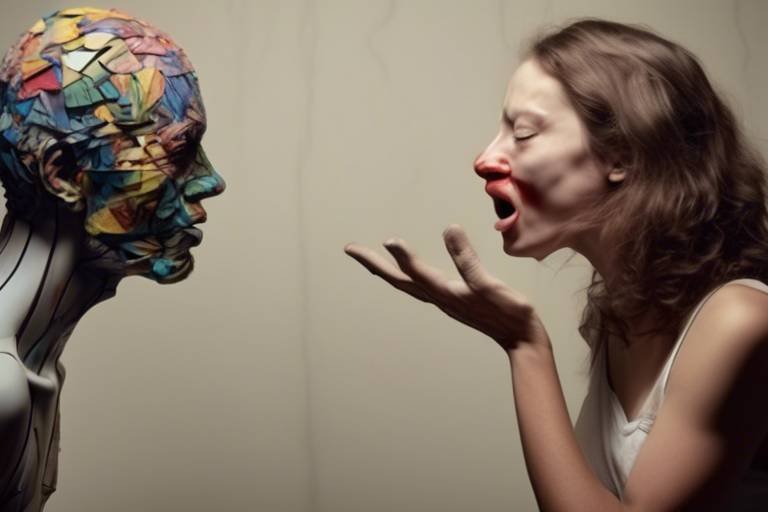The Artistic Legacy of the Civil Rights Movement
The Civil Rights Movement left an indelible mark on history, not only through political activism but also through the arts. Music, visual arts, literature, dance, film, theater, and performance art all played significant roles in advocating for equality and social change. These artistic expressions not only documented the struggle for civil rights but also served as powerful tools for inspiring and mobilizing communities to fight against injustice.
Music was a driving force behind the Civil Rights Movement, with iconic songs such as "We Shall Overcome" becoming anthems of the fight for equality. Artists like Nina Simone and Sam Cooke used their music to convey messages of empowerment and resistance, igniting passion and solidarity among activists and supporters.
Visual artists also made their mark by creating powerful imagery that captured the essence of the struggle for justice and equality. Through murals, posters, and paintings, artists like Jacob Lawrence and Faith Ringgold brought attention to the injustices faced by African Americans and galvanized support for the movement.
Literature played a crucial role in shaping public opinion and raising awareness about the experiences of African Americans during the Civil Rights Movement. Writers such as James Baldwin and Maya Angelou used their words to challenge societal norms and advocate for social change, leaving a lasting impact on generations to come.
Dance emerged as a form of resistance and expression, with movements like the Lindy Hop and the Twist symbolizing defiance and liberation. Dancers used their bodies to communicate messages of unity and strength, showcasing the power of movement as a tool for protest.
Films and documentaries documented key events and figures of the Civil Rights Movement, bringing attention to the struggles and triumphs of those fighting for racial equality. Through cinematic storytelling, filmmakers shed light on the harsh realities of discrimination and the resilience of those who stood up against oppression.
Theater and performance art provided a platform for storytelling and activism, challenging audiences to confront uncomfortable truths and envision a more just society. Through live performances and dramatic interpretations, artists sparked conversations and inspired action towards positive change.
Cultural icons and influencers used their platforms to amplify the voices of the marginalized and advocate for civil rights. Figures like Harry Belafonte and Sidney Poitier leveraged their fame to support the movement, using their influence to push for greater equality and representation in society.
Today, artists continue to respond to social injustices by drawing inspiration from the Civil Rights Movement and addressing contemporary issues through their work. From street art to spoken word poetry, creatives use their talents to shine a light on ongoing struggles for equality and justice, keeping the legacy of the movement alive.
Efforts to preserve and protect artifacts from the Civil Rights Movement ensure that future generations can learn from the past and continue the fight for equality. Artwork, literature, and performances serve as reminders of the sacrifices made and the progress achieved, motivating individuals to stand up against injustice and uphold the values of equality and justice for all.

Music and Protest
Music has always been a powerful tool for social change, and during the Civil Rights Movement, it played a crucial role in amplifying the voices of those fighting for equality. Iconic songs such as "We Shall Overcome" and "A Change is Gonna Come" became anthems of the movement, inspiring hope and solidarity among activists and supporters. Artists like Nina Simone, Sam Cooke, and Bob Dylan used their music to protest against racial injustice and advocate for a more just society.
These musicians didn't just entertain; they used their platform to speak out against discrimination and inequality. Their lyrics carried messages of resilience, resistance, and the belief in a better future. Through their songs, they connected with audiences on an emotional level, sparking conversations and provoking thought about the need for change.
Music became a form of protest, a way to express the anger and frustration felt by many African Americans facing systemic racism and oppression. It provided a soundtrack to the marches, sit-ins, and rallies that defined the Civil Rights Movement, uniting people from all walks of life in the fight for justice.
Just as a symphony combines different instruments to create a harmonious melody, the music of the Civil Rights Movement brought together voices from diverse backgrounds to create a powerful chorus of resistance. It was a reminder that in the face of adversity, unity and solidarity can lead to meaningful social change.
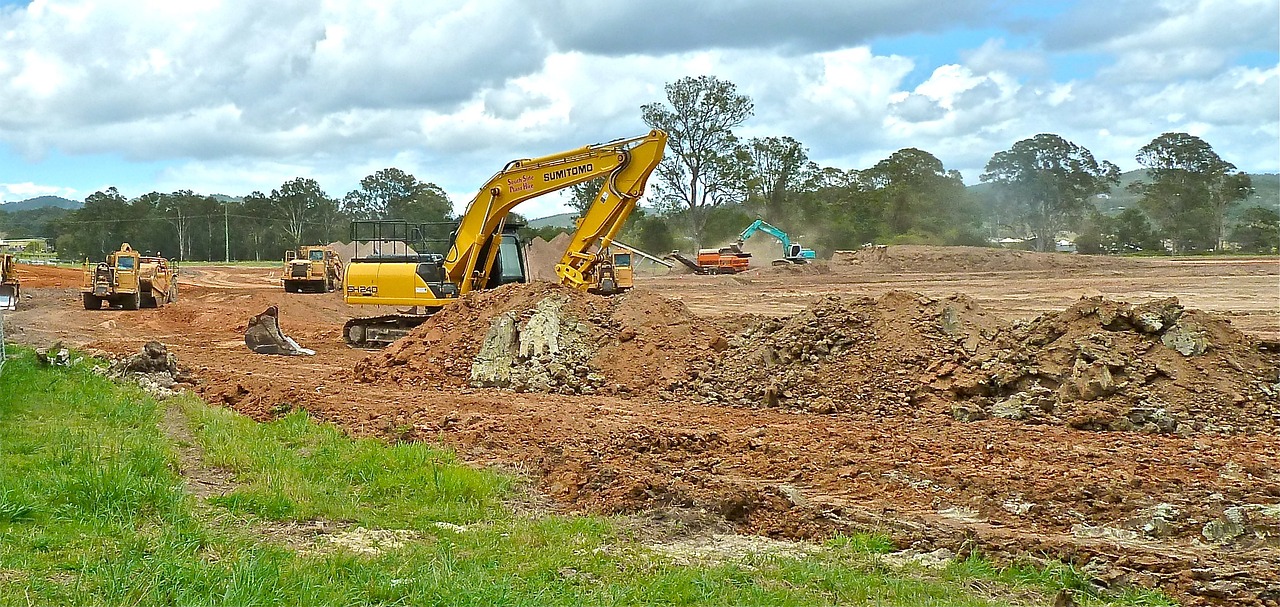
Visual Arts and Activism
Visual arts played a significant role in the Civil Rights Movement, serving as a powerful medium for activism and social change. Artists used their talents to create impactful imagery that captured the struggles and aspirations of the movement. Through murals, posters, and paintings, they depicted the injustices faced by African Americans and called for equality and justice.
One iconic example is the artwork of Jacob Lawrence, whose "Migration Series" vividly portrayed the Great Migration of African Americans from the South to the North. The series not only documented a crucial moment in history but also shed light on the challenges and resilience of black communities.
Another notable artist is Faith Ringgold, known for her quilts that blend storytelling and activism. Her piece "Who's Afraid of Aunt Jemima?" challenges stereotypes and confronts racial prejudices, inviting viewers to reflect on the complexities of race and identity.
Visual artists like Romare Bearden and Elizabeth Catlett also made significant contributions to the Civil Rights Movement through their powerful representations of African American life and struggles. Their works continue to inspire and provoke thought, reminding us of the ongoing fight for equality and social justice.
In addition to individual artists, collective efforts such as the Black Arts Movement brought together creatives to address issues of race, identity, and representation. Through collaborative projects and community initiatives, artists amplified their voices and shared their visions for a more just and inclusive society.
Visual arts not only documented the Civil Rights Movement but also served as a catalyst for change, challenging perceptions and inspiring action. The images created during this pivotal time continue to resonate today, reminding us of the power of art to provoke thought, evoke emotion, and drive social progress.
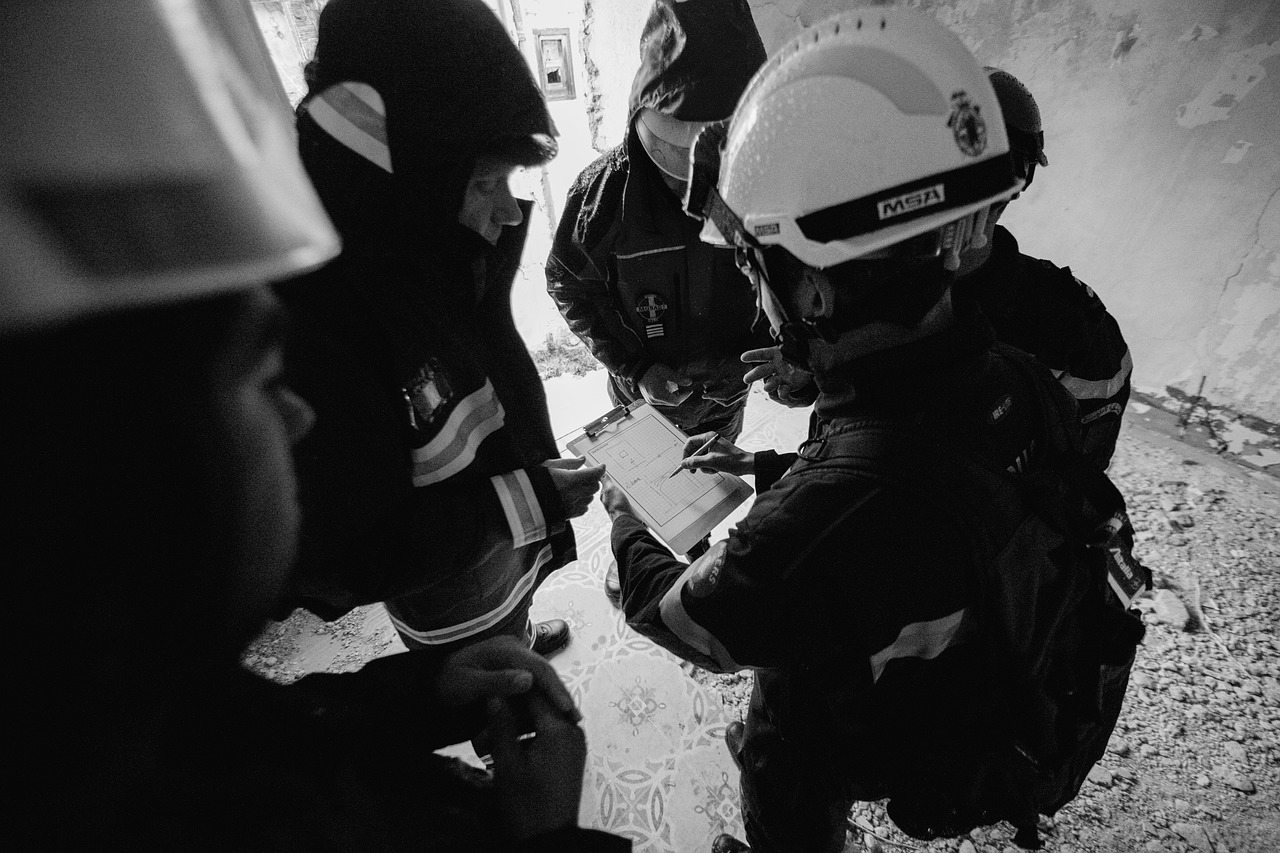
Literature and Social Change
When we delve into the realm of literature during the Civil Rights Movement, we uncover a treasure trove of powerful words and narratives that not only reflected the experiences of African Americans but also served as catalysts for social change. Novels, poems, and essays became the voice of a community fighting for equality and justice, with authors using their pens as swords against oppression.
Imagine the impact of novels like "To Kill a Mockingbird" by Harper Lee, which vividly portrayed racial injustice in the South, or the poems of Langston Hughes that resonated with the struggles and aspirations of African Americans. These literary works were not merely stories on paper; they were mirrors reflecting the harsh realities of segregation and discrimination.
Authors such as James Baldwin and Maya Angelou crafted prose that delved deep into the complexities of race relations, challenging societal norms and advocating for a more inclusive society. Their words were not just ink on pages but powerful agents of change, igniting conversations and awakening empathy in readers across the nation.
Through literature, the Civil Rights Movement found a voice that transcended barriers of race and class, uniting people in a shared narrative of resilience and hope. The power of storytelling became a weapon against ignorance and apathy, inspiring generations to stand up against injustice and strive for a better tomorrow.
As we look back at the literary legacy of the Civil Rights Movement, we are reminded of the enduring power of words to shape hearts and minds, to challenge the status quo, and to pave the way for a more just and equitable society.

Dance as a Form of Resistance
During the Civil Rights Movement, dance emerged as a powerful form of resistance, allowing individuals to express their defiance and resilience through movement. The rhythmic beats and synchronized steps of various dance forms became a symbol of protest and solidarity in the face of oppression.
One notable dance style that gained prominence during this period was the Lindy Hop, a lively and energetic dance that originated in the African American community. The Lindy Hop's fast-paced footwork and joyful spirit served as a means of reclaiming joy and freedom amidst adversity, showcasing the unbreakable spirit of those fighting for equality.
Similarly, the Twist, a dance craze popularized in the early 1960s, also became a form of rebellion against societal norms and racial segregation. The infectious rhythm of the Twist brought people of all backgrounds together on the dance floor, breaking down barriers and challenging the status quo through movement and music.
Through dance, individuals found a way to resist oppression and assert their humanity in a society that sought to diminish their worth. The fluidity of movement and the unity forged on the dance floor served as a powerful metaphor for the collective struggle for civil rights and social justice.
As dancers twirled and swayed to the music, they embodied the spirit of resilience and defiance, sending a message of hope and unity to a divided nation. The artistry and creativity of dance transcended words, speaking volumes about the courage and determination of those who refused to be silenced in the face of injustice.
Ultimately, dance as a form of resistance during the Civil Rights Movement not only provided a means of expression but also served as a unifying force that brought people together in the fight for equality and freedom.

Film and Documentaries on Civil Rights
Film and documentaries have played a crucial role in documenting and preserving the history of the Civil Rights Movement, offering a visual representation of the struggles and triumphs of the era. These cinematic works serve as powerful educational tools, shedding light on key events, figures, and the ongoing fight for racial equality.
One of the most iconic documentaries on the Civil Rights Movement is "Eyes on the Prize," a comprehensive series that chronicles the history of the movement from the Montgomery bus boycott to the Voting Rights Act of 1965. Through archival footage and interviews with activists, the documentary captures the spirit of the time and the challenges faced by those fighting for civil rights.
Films like "Selma" and "The Butler" bring to life significant moments in the Civil Rights Movement, portraying the courage and determination of leaders like Martin Luther King Jr. and the everyday individuals who participated in marches and protests. These cinematic retellings not only entertain but also educate audiences about the sacrifices made in the pursuit of equality.
Documentaries such as "13th" and "I Am Not Your Negro" delve into the systemic issues of racism and inequality that persist in American society today, drawing connections between the past and present struggles for justice. By examining the legacy of the Civil Rights Movement, these films encourage viewers to reflect on the progress made and the work that still needs to be done.
Through the lens of filmmakers and documentarians, the stories of the Civil Rights Movement are brought to life, ensuring that future generations have a visual record of the fight for civil rights. These films and documentaries serve as a reminder of the resilience and determination of those who paved the way for a more just and equitable society.

Theater and Performance Art
Theater and performance art played a pivotal role in the Civil Rights Movement, acting as a powerful medium to convey the struggles and aspirations of the African American community. The stage became a platform for storytelling, where actors and performers could bring to life the challenges faced by marginalized groups and inspire audiences to reflect on societal injustices. Through live performances, theater artists challenged the status quo, prompting viewers to question their beliefs and attitudes towards race and equality.
One of the most iconic examples of theater's impact on the Civil Rights Movement was the play "A Raisin in the Sun" by Lorraine Hansberry. This groundbreaking production depicted the aspirations and struggles of a black family living in Chicago, shedding light on the harsh realities of racial discrimination and economic inequality. The play resonated deeply with audiences and sparked conversations about the need for social change and racial justice.
Performance art also played a significant role in the movement, with artists using their bodies and creative expression to challenge societal norms and address pressing issues. Through powerful gestures and symbolic acts, performance artists conveyed messages of resistance and resilience, highlighting the strength and determination of those fighting for civil rights. These performances served as a form of protest, capturing the attention of audiences and provoking thought and reflection.
The intersection of theater and performance art during the Civil Rights Movement showcased the transformative power of art in inspiring social change. By bringing stories of struggle and resilience to the stage, artists were able to connect with audiences on a deep emotional level, fostering empathy and understanding. Through their creative endeavors, theater artists and performers became catalysts for progress, igniting a spark of activism and solidarity within communities across the nation.

Cultural Icons and Influencers
Cultural icons and influencers played a significant role in shaping the narrative of the Civil Rights Movement, using their platforms to amplify the voices of marginalized communities and advocate for social change. These individuals, ranging from actors to musicians and athletes, leveraged their fame to bring attention to the injustices faced by African Americans and other minority groups.
One iconic figure of the era was Harry Belafonte, a renowned singer and actor who not only entertained audiences with his music but also actively participated in civil rights activism. Belafonte worked closely with Dr. Martin Luther King Jr. and used his celebrity status to raise funds for the movement and promote racial equality through his performances.
Another influential cultural icon was Nina Simone, a talented singer and songwriter known for her soulful voice and powerful lyrics. Simone's songs, such as "Mississippi Goddam" and "To Be Young, Gifted and Black," became anthems for the Civil Rights Movement, reflecting the struggles and aspirations of African Americans during that turbulent time.
Moreover, athletes like Muhammad Ali and Jackie Robinson also made significant contributions to the cause, using their success in sports to challenge racial segregation and discrimination. Ali, in particular, was known for his outspoken activism and refusal to be drafted into the Vietnam War, citing his religious beliefs and opposition to the war as reasons for his stance.
These cultural icons and influencers not only entertained and inspired audiences but also paved the way for future generations to continue the fight for equality and justice. Their legacy serves as a reminder of the power of art and celebrity in driving social change and promoting a more inclusive society.
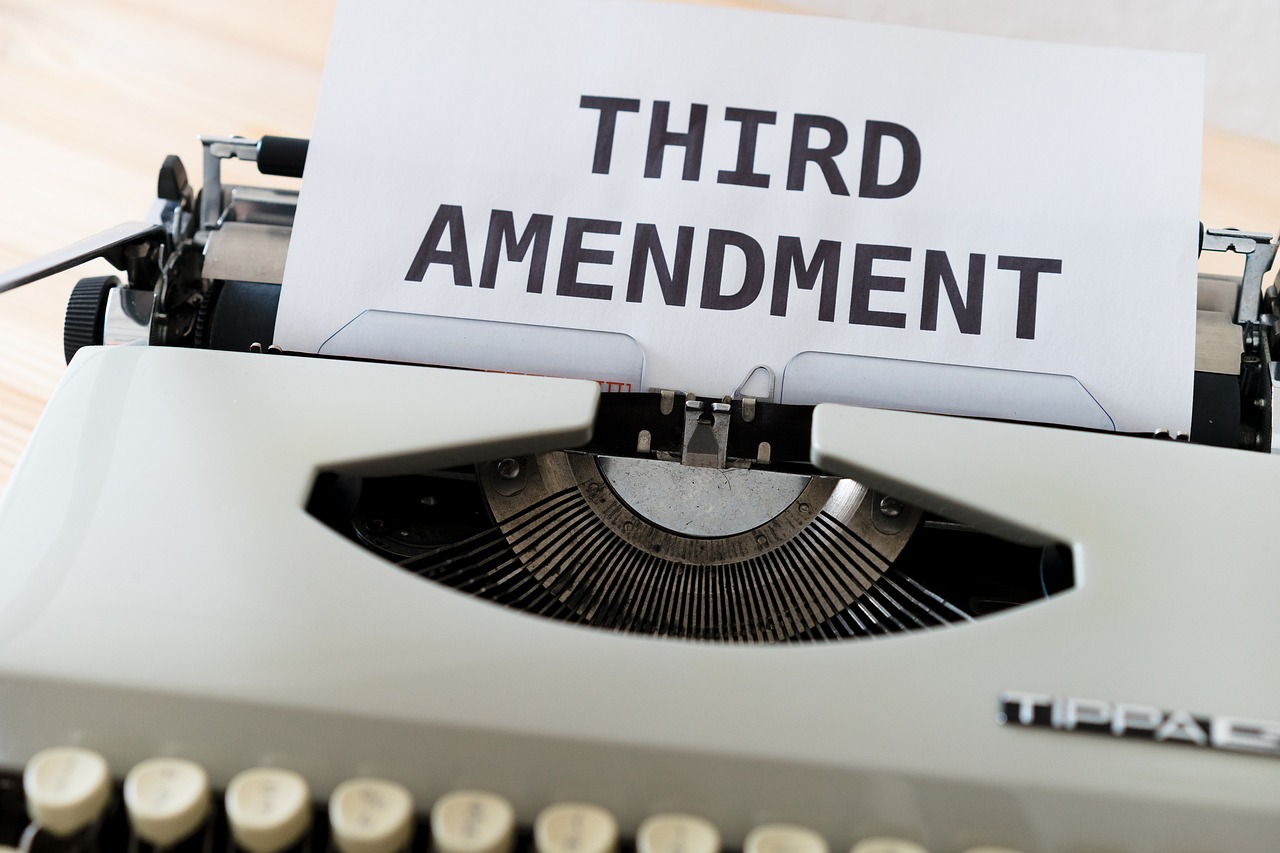
Artistic Responses to Injustice
Artistic responses to injustice have been a powerful tool for creatives to address pressing societal issues and advocate for change. Through various forms of art, artists have been able to shine a light on injustices and spark conversations that challenge the status quo. From visual arts to music, literature to performance art, the creative community has played a significant role in amplifying voices and pushing for a more equitable society.
One notable example of artistic responses to injustice is the creation of powerful murals that depict themes of social inequality and systemic racism. These murals serve as visual reminders of the struggles faced by marginalized communities and provoke viewers to reflect on the injustices present in society. Artists use vibrant colors and striking imagery to convey messages of unity, resilience, and the need for change.
Furthermore, literature has been a vital medium for artists to address social injustices through storytelling and poetic expression. Authors have penned novels, poems, and essays that delve into the complexities of discrimination, oppression, and the quest for equality. Through their words, these writers have captured the essence of the Civil Rights Movement and its enduring impact on society.
Music has also been a powerful tool for artists to respond to injustice, with songs serving as anthems of resistance and calls to action. Musicians have used their platform to amplify the voices of the marginalized and shed light on issues of racial injustice, police brutality, and systemic discrimination. Through lyrics and melodies, artists have sparked conversations, inspired movements, and united communities in the fight for justice.
Performance art, including dance and theater, has provided a unique space for artists to challenge societal norms and provoke thought on pressing social issues. Dancers have used movement to express emotions, tell stories, and advocate for change, while theater productions have tackled themes of race, identity, and power dynamics. Through live performances, artists have engaged audiences in critical dialogue and pushed boundaries to promote social justice.
In conclusion, artistic responses to injustice have been instrumental in shaping conversations, raising awareness, and mobilizing communities to address pressing social issues. By harnessing the power of creativity and expression, artists have been able to confront injustices head-on and inspire meaningful change in society.
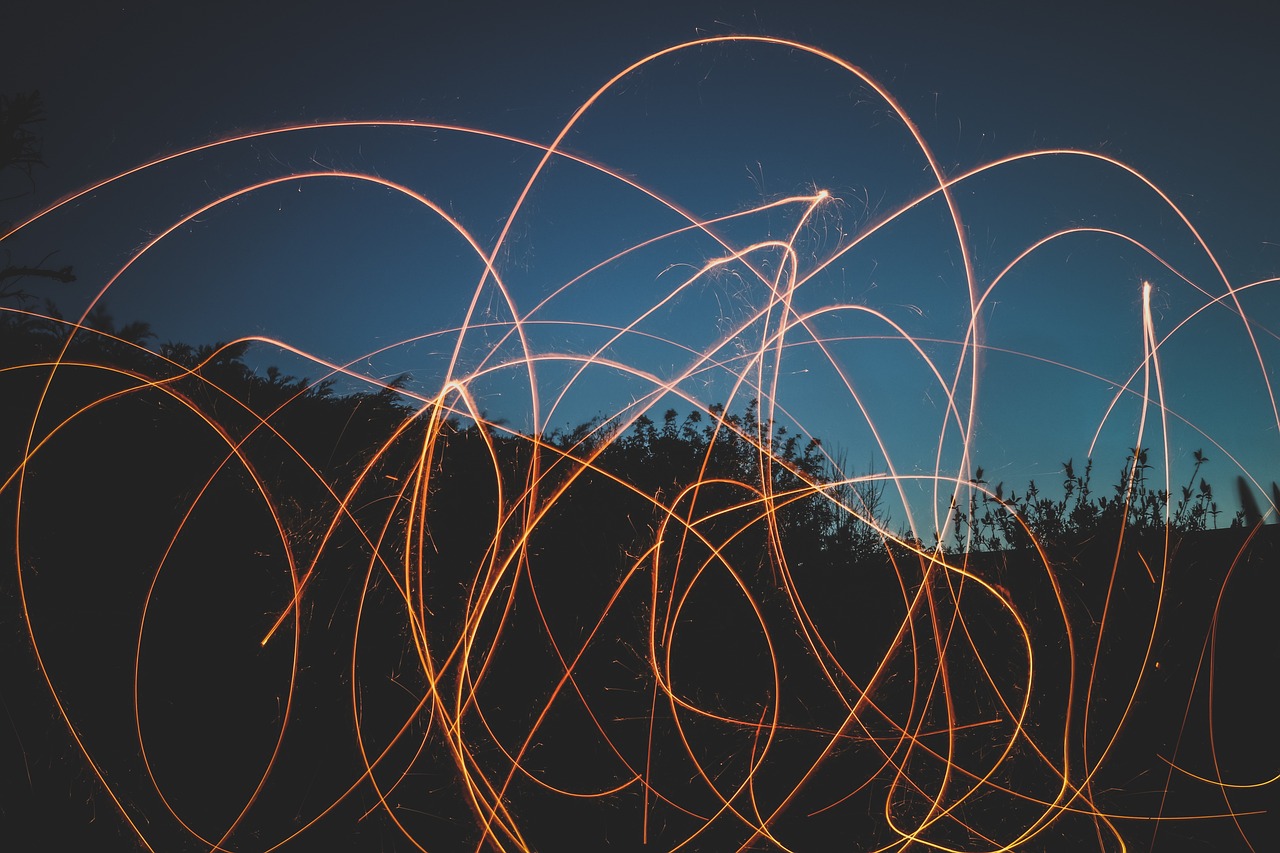
Preservation of Civil Rights Artifacts
Preservation of Civil Rights Artifacts is crucial in ensuring that the legacy of the Civil Rights Movement is not forgotten. These artifacts, ranging from artwork to literature to performance pieces, serve as tangible reminders of the struggles and triumphs of those who fought for equality and justice.
Efforts to preserve these artifacts often involve meticulous documentation, conservation, and curation to ensure that future generations can learn from and be inspired by the history of the Civil Rights Movement. Museums, archives, and cultural institutions play a vital role in safeguarding these artifacts and making them accessible to the public.
Through exhibits, educational programs, and digital archives, these institutions help to amplify the voices of activists, artists, and individuals who contributed to the movement. By preserving Civil Rights artifacts, we honor the sacrifices made and the progress achieved, while also acknowledging the work that still needs to be done to achieve true equality.
Frequently Asked Questions
- What role did music play in the Civil Rights Movement?
Music played a crucial role in the Civil Rights Movement, serving as a powerful tool for protest and social change. Iconic songs and artists used their music to advocate for equality, inspire hope, and unite people in the fight against injustice.
- How did visual artists contribute to the Civil Rights Movement?
Visual artists made significant contributions to the Civil Rights Movement through powerful imagery, murals, and posters that captured the struggle for justice and equality. Their art served as a form of activism, raising awareness and promoting solidarity among supporters of the movement.
- What literary works were inspired by the Civil Rights Movement?
The Civil Rights Movement inspired a wealth of literary works, including novels, poems, and essays that reflected the experiences of African Americans and advocated for social change. These works continue to serve as important cultural artifacts that shed light on the challenges and triumphs of the movement.
- How was dance used as a form of resistance during the Civil Rights Movement?
Dance was a powerful form of protest and expression during the Civil Rights Movement, with movements like the Lindy Hop and the Twist symbolizing resistance and resilience. Through dance, individuals were able to communicate their emotions, assert their identity, and challenge societal norms.
- What impact did films and documentaries have on documenting the Civil Rights Movement?
Films and documentaries played a crucial role in documenting the Civil Rights Movement, providing a visual record of key events, figures, and the ongoing struggle for racial equality. These cinematic works continue to educate and inspire audiences about the history and legacy of the movement.
- How did theater and performance art contribute to the Civil Rights Movement?
Theater and performance art played a significant role in the Civil Rights Movement by using storytelling and live performances to challenge societal norms and inspire change. Through their creative expressions, artists were able to engage audiences, provoke thought, and promote dialogue on important social issues.
- Who were some cultural icons and influencers that supported the Civil Rights Movement?
Various cultural icons and influencers, including actors, musicians, and athletes, used their platform to support the Civil Rights Movement and advocate for equality. Their contributions helped amplify the message of the movement and mobilize public support for social justice initiatives.
- How do artists continue to respond to social injustices today?
Contemporary artists draw inspiration from the Civil Rights Movement to address current social injustices and advocate for a more inclusive society. By creating art that reflects the struggles and aspirations of marginalized communities, artists play a vital role in promoting awareness and driving positive change.
- What efforts are being made to preserve Civil Rights artifacts?
Efforts are underway to preserve and protect artifacts from the Civil Rights Movement, including artwork, literature, and performances that serve as a reminder of the ongoing fight for equality and justice. These preservation initiatives ensure that the legacy of the movement is safeguarded for future generations to learn from and appreciate.









